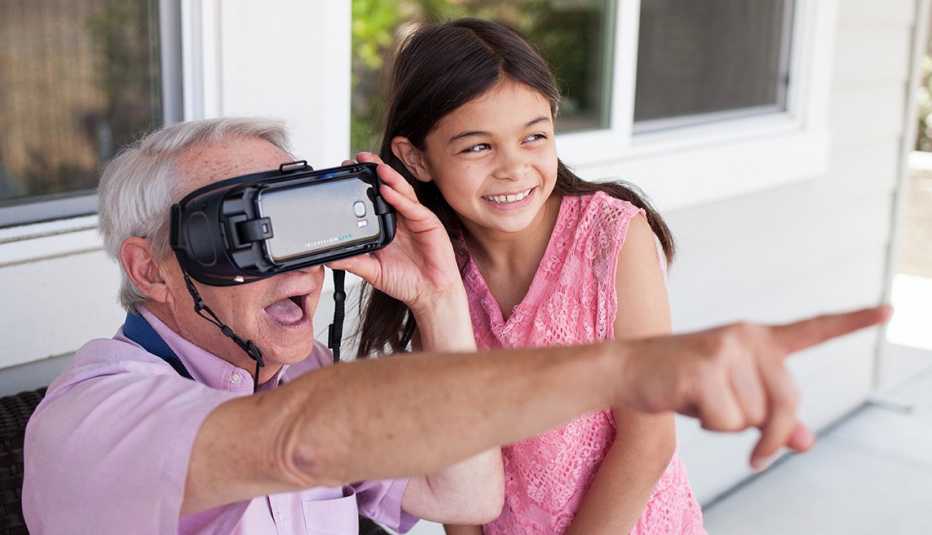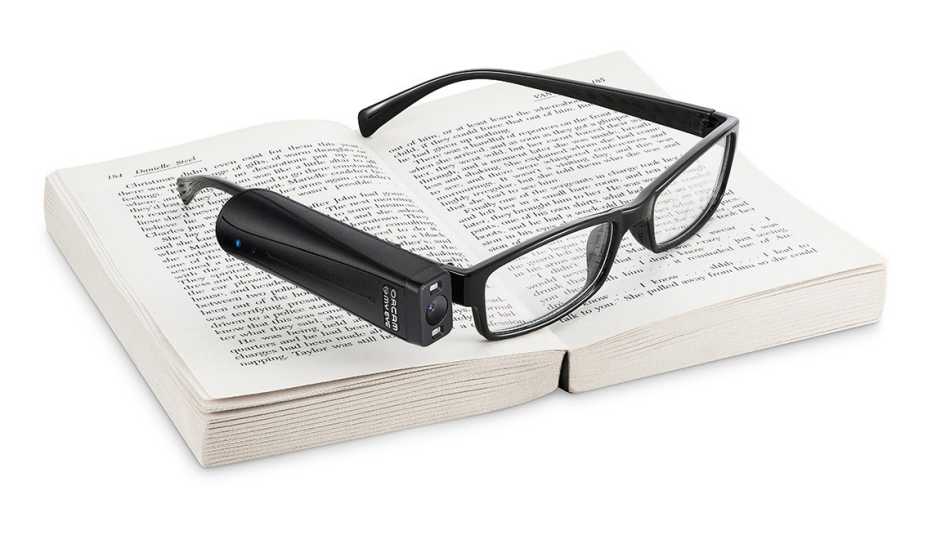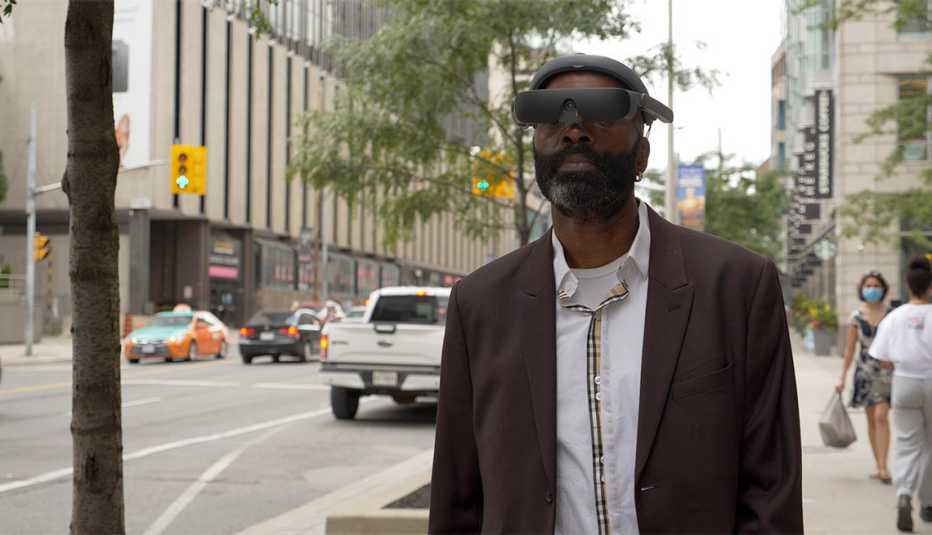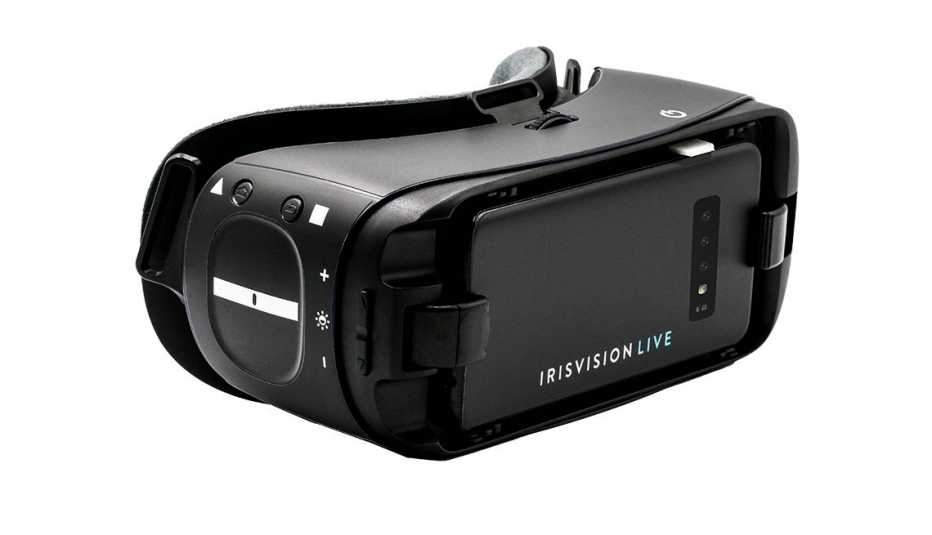Staying Fit


Low vision affects an estimated 12 million adults over 40 in the U.S., often due to issues such as macular degeneration, glaucoma, retinitis pigmentosa and diabetes-related eye diseases. These sight-stealers can make navigating daily life more challenging, but a slew of fascinating technological innovations are able to help people with vision problems better perceive their environments and, therefore, live more independent lives.
"There are devices that try to take advantage of whatever little vision the person has to try to get them to see better, and there are devices that try to use other senses because their vision sense is essentially gone,” says Calvin W. Roberts, M.D., host of On Tech & Vision With Dr. Cal Roberts, a podcast series from Lighthouse Guild, a nonprofit organization dedicated to vision rehabilitation, technology and advocacy for people who are visually impaired. Roberts, who's also president and CEO of Lighthouse Guild, and a clinical professor of ophthalmology at Weill Cornell Medical College in New York City, points to one such jaw-dropper, the OrCam MyEye Pro: a small, wireless camera that clips onto the arm of any pair of eyeglasses, allowing blind people to “read” their mail, recognize friends and even decipher money. And that's just for starters.


AARP Membership— $12 for your first year when you sign up for Automatic Renewal
Get instant access to members-only products and hundreds of discounts, a free second membership, and a subscription to AARP the Magazine.
Here are details about the cutting edge of vision tech. Some of these devices are very pricey, but their makers may offer financing options (veterans may also qualify for assistance).
OrCam MyEye Pro
To decipher the world around them, blind people employ all of their four remaining senses, particularly sound — with the brain using auditory cues to create mental images. That's the premise behind the OrCam MyEye Pro: This cutting-edge technology helps those who are completely blind make sense of the visual world by describing what they can't see.


A small wireless smart camera about the size of your index finger attaches with a magnet to the arm of any eyeglasses. Point your finger or tap the touch bar and the camera will capture an image of what's in front of you and communicate the info audibly through a tiny speaker that rests above the ear. It makes shopping easier — scanning barcodes and identifying the denomination of the bill you're holding.
People can teach OrCam to memorize and identify hundreds of everyday objects (from logos on buildings to items in the fridge). The device continuously scans your surroundings, waiting for you to point to whatever you're interested in, then gives you the info you need. It even has facial recognition, so you can program it to remember your spouse, grandkids or coworkers. Use the camera to take a picture of a person's face and it's automatically stored within the device. Whenever the camera spots the person, it will identify them by name.
It also responds to voice commands, reading text from printed surfaces and digital screens. Open a newspaper and say, “Read the football article,” and it will do just that. OrCam MyEye Pro can help users make sense of their mail. Pick up an envelope, hold the clear window in front of your face, let OrCam's camera snap a picture, and it will tell you where the mail is from. Even more impressive, says Roberts: “You can hold up your electric bill and ask, ‘How much do I owe?’ The device will read through the entire bill, quickly, and respond, ‘You owe $31.92.’ It will even tell you when the payment is due. Amazing!"
Cost: OrCam MyEye Pro costs $4,250. Financial assistance is available for OrCam MyEye, depending on where the user lives and the specifics of his or her situation. Eligible veterans may qualify for the device through the VA.
Where to buy: You can purchase OrCam MyEye Pro on orcam.com, thelowvisionshop.com, or Amazon.





































































More From AARP
Top Causes of Vision Loss and Blindness
What to know about macular degeneration, glaucoma and other eye problemsTraveling with Low Vision
Tips for navigating travel by air, bus or rail when you can’t see wellTech Innovations for Low Vision
The latest apps, electronic readers and other tools to help people who can't see well